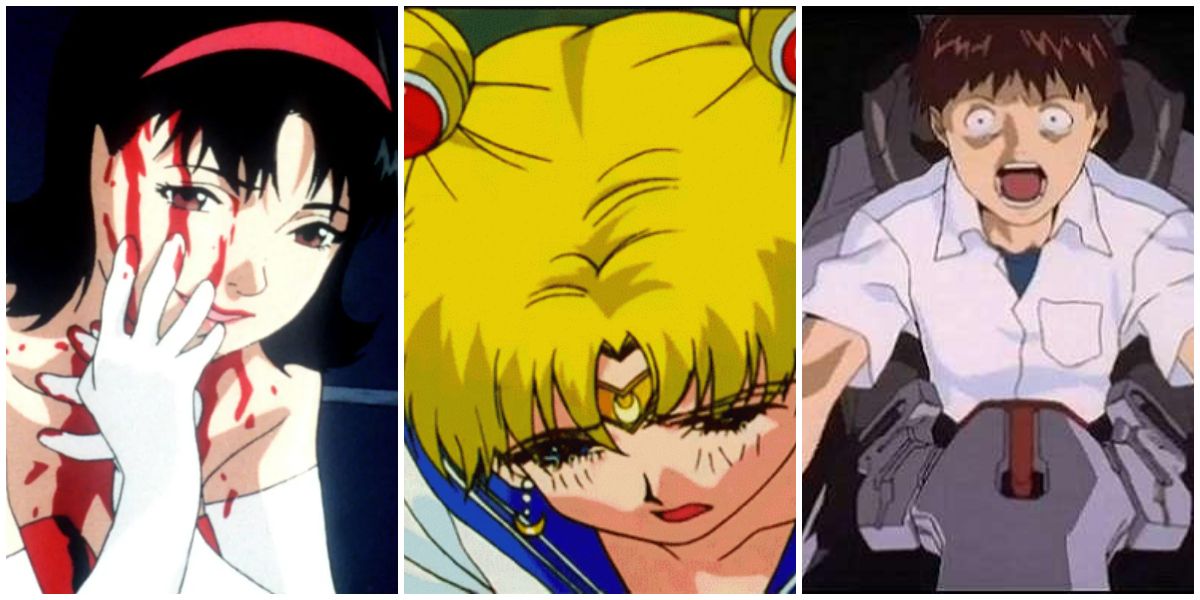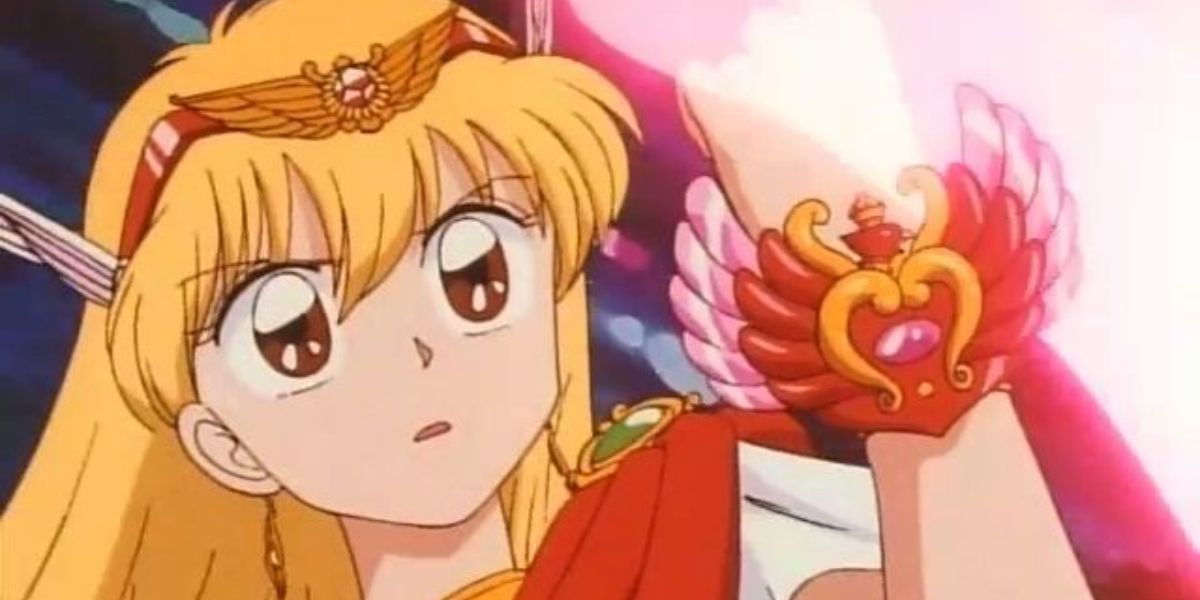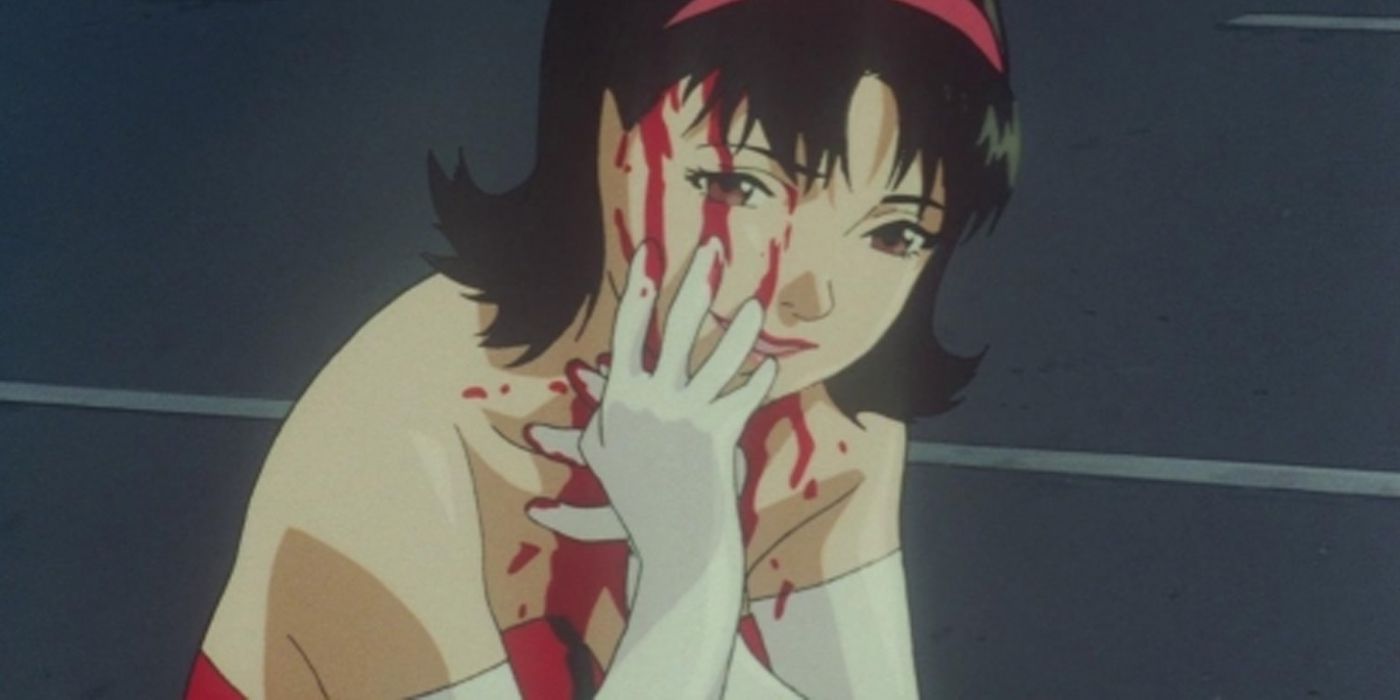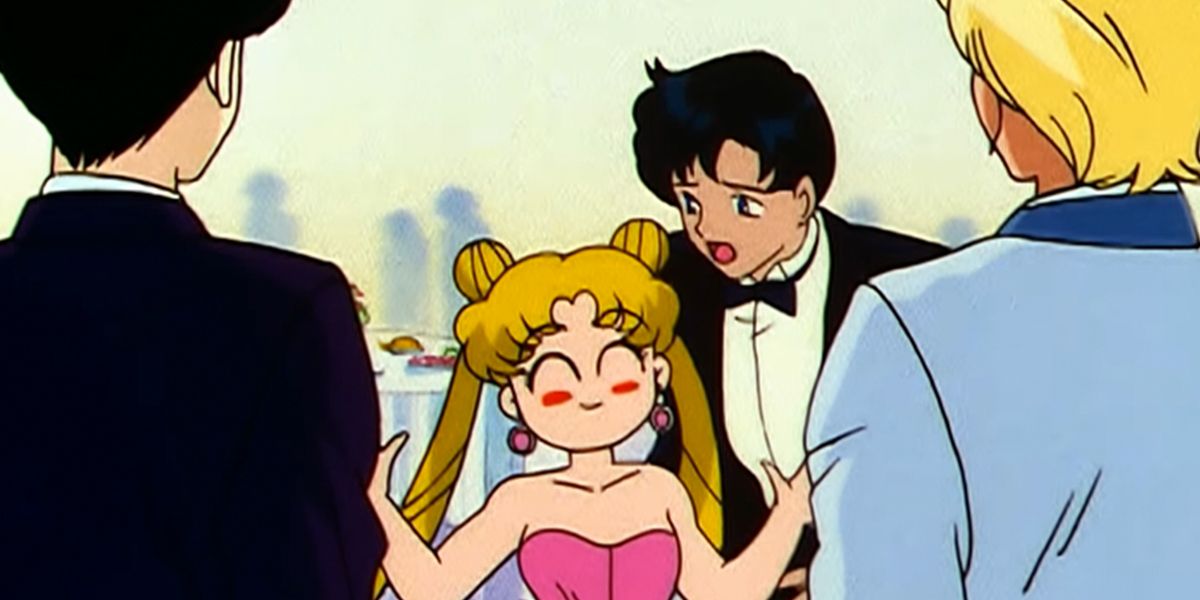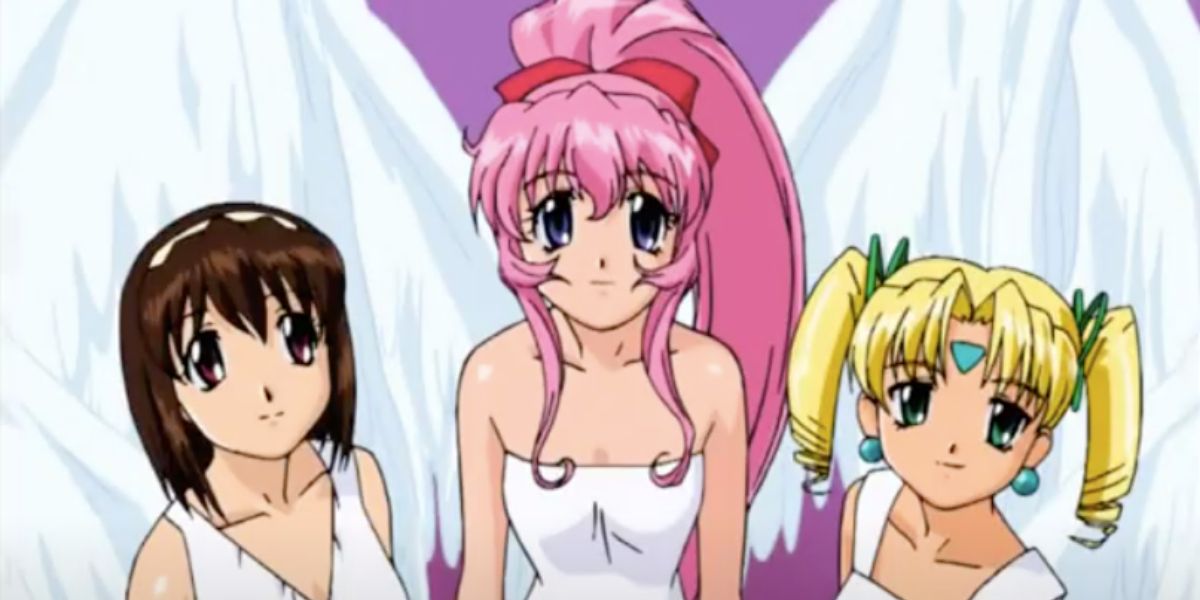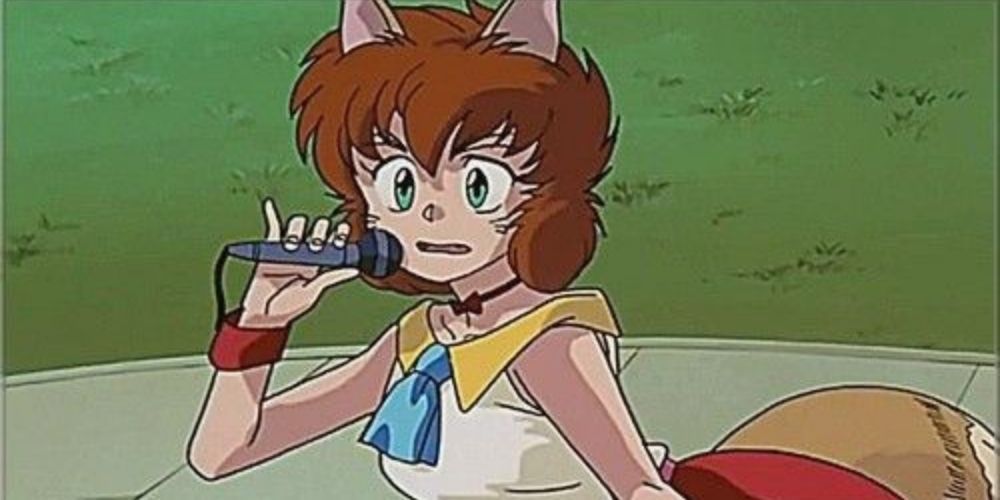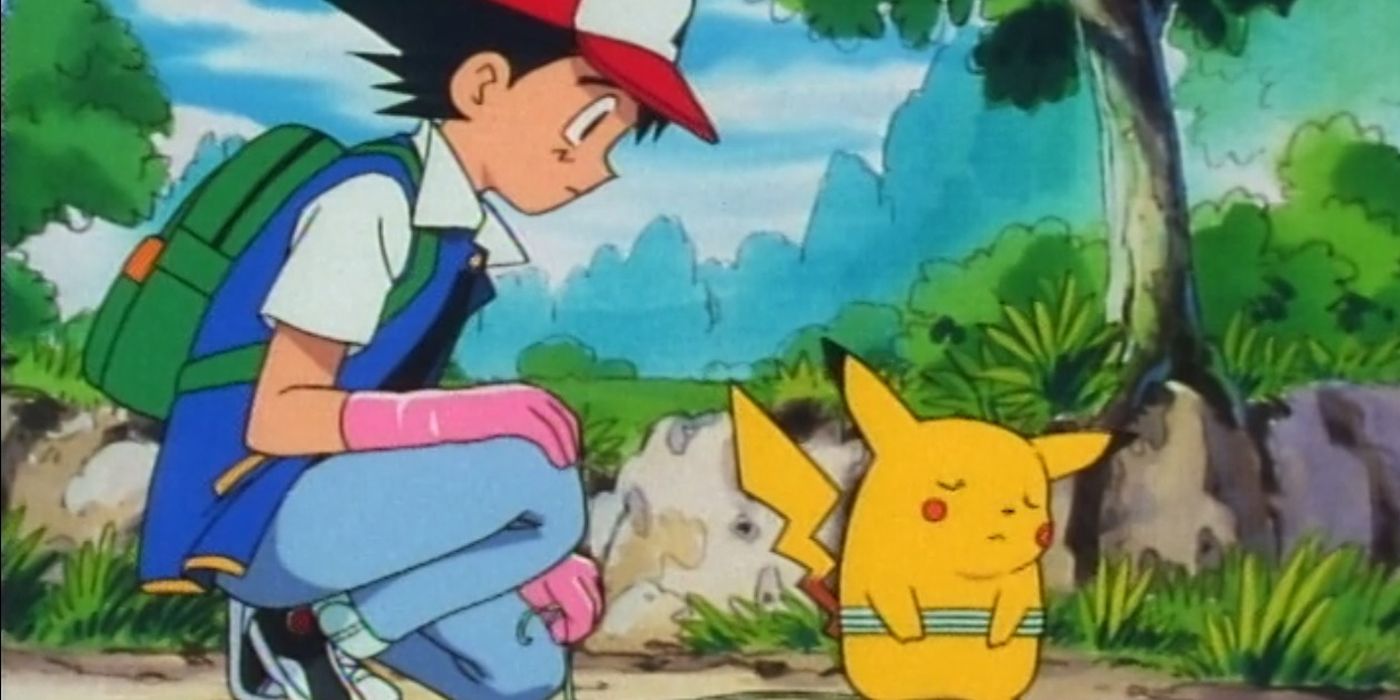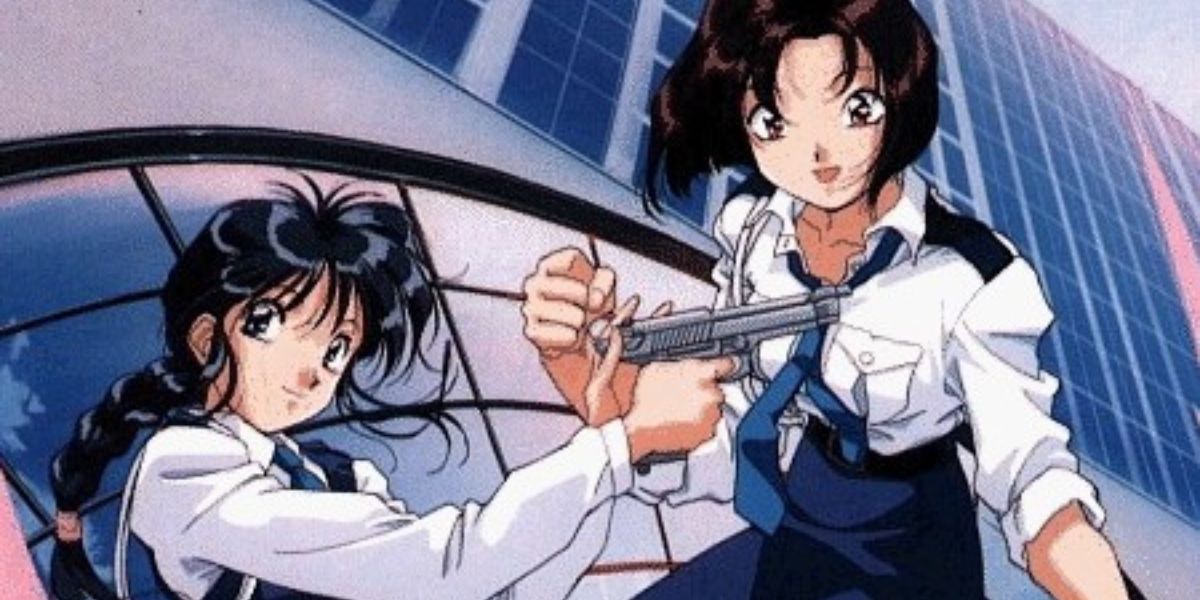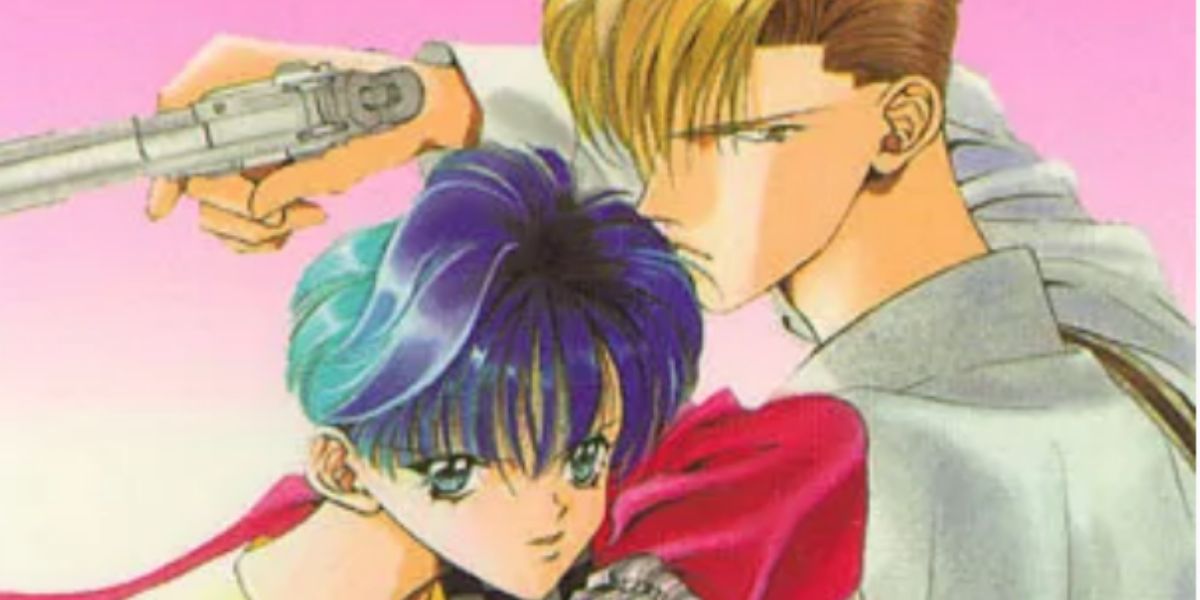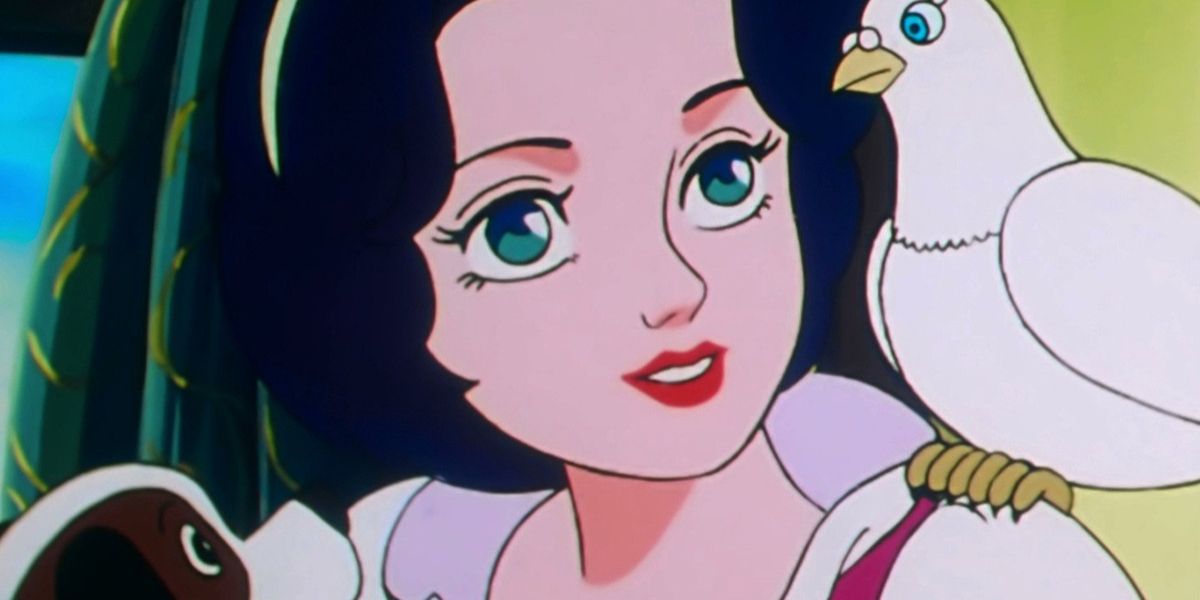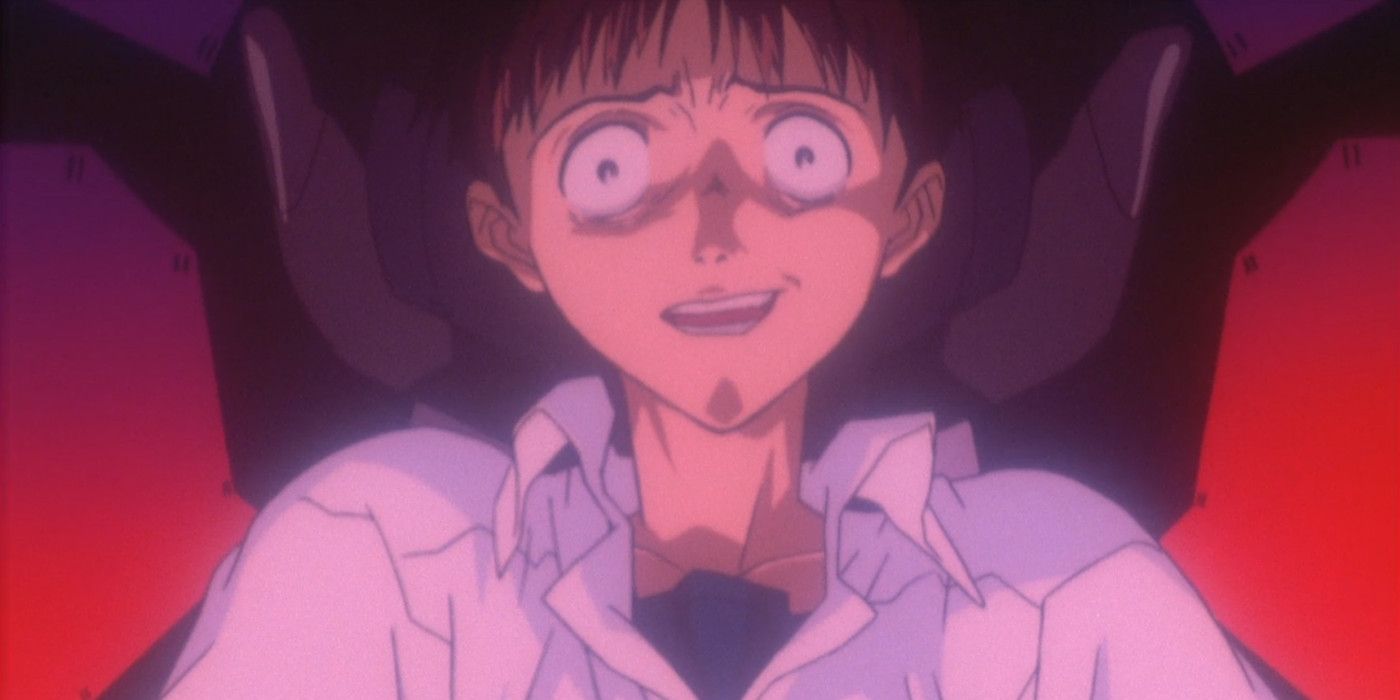The 1990s were a renaissance era for anime and manga. Not only was this the decade when anime started becoming popular and gaining cult followings in the West, but this was also when a lot of classic series came out, many of which defined the anime genre. Opinions on ’90s anime vary wildly and depend on whom you ask
In Japan, Dragon Ball actually came out in the ’80s, but it tends to be lumped in with the anime boom of the ’90s in the West. Likewise, a show from the 2000s might have been based on a manga or a spin-off of a series from the previous decade. And while many of these trends were created, or at least popularized, during the 1990s, this doesn’t mean they ended with the decade.
10 There Were A Lot Of Attempts To Cash In On Sailor Moon
Sailor Moon quickly won over audiences in both the East and West in the 1990s, which had a powerful effect on the magical girl genre. Much of the cast and crew worked on the similar Wedding Peach. Akazukin Chacha gave the heroine a superhero alter-ego who didn’t appear in the original manga. These series only scratch the surface of the magical girl boom in the ’90s.
Many anime fans dislike how a ’90s icon has defined a genre that’s been around since at least the ’60s, when more traditional magical girl series like Fancy Lala failed to find audiences. This had a different effect in the West, Since Sailor Moon is one of the few series of its kind in the U.S., many American anime fans tend to write off later magical girl warriors as Sailor Moon rip-offs.
9 Psychological Themes Became A Prerequisite In Anime
While the trend likely started in the 1980s with the popularity of Akira, the ’90s saw a lot of famous anime that tried to psychologically toy with audiences, leaving viewers guessing what they just saw for years to come.
This applied to both anime in the cinema and on television, with examples including Perfect Blue, Ghost in the Shell, Neon Genesis Evangelion, and Revolutionary Girl Utena. Even Azumanga Daioh, a slice-of-life series whose manga came out towards the end of the decade, seems like a simple enough series until you notice the floating, talking cat.
8 A Lot Of Heroes Had To Be Kind Of Dumb
Main characters in 1990s anime often had to make a display of their lack of intelligence. Usually, they were not good students, lacked common sense, and make a spectacle of themselves in public. Occasionally, it was implied they were more lazy than stupid and could prove themselves if they actually studied or trained.
Some famous examples include Yusuke and Kuwabara from Yu Yu Hakusho, Ash Ketchum from Pokémon, and, though he came out towards the end of the decade, Monkey D. Luffy from One Piece. Male heroes weren’t the only ones subject to this, with heroines like Usagi Tsukino of Sailor Moon or Miaka Yuki of Fushigi Yuugi being similarly simple-minded.
7 There Were Way Too Many Stories With Robot Girlfriends
Wacky romances and harem stories proliferated during the 1980s, so it makes sense that their influence would leak into the ’90s. While guys in the West fell for witches and genies, anime took a more sci-fi approach: robot girlfriends. Some examples include Video Girl Ai, I Dream Of Mimi, Steel Angel Kurumi, and My Dear Marie. Many of these shows deal with the ultimate progression of objectifying women by literally making women out of objects.
But even stories that tried to downplay this implication went for the opposite approach. Steel Angel Kurumi, for example, actually inverted the usual premise by having the robot love interest as the one obsessed with the human “master.” Audiences in the ’90s were left to accept that a powerful woman’s main objective was to be with a bland leading man.
6 Anime Couldn’t Get Enough Of Tournament Arcs
A lot of shonen anime adopted tournament arcs, a trope where the plot is dropped to see characters face off against a variety of characters until a winner is declared. Yu Yu Hakusho became infamous for this, from the Dark Tournament to the tournament over who would rule the Makai World.
Likewise, Yu-Gi-Oh! based nearly half its arc around tournaments, even though the card games weren’t even the original focus of the story. For many fans, tournament arcs come off as easy-to-make filler. Similarly, with tournament arcs taking up entire seasons, some fans might start to miss the show’s original plot.
5 Monster Collecting Series Were Everywhere
Pokémon blew up in popularity in the 1990s and its anime series is considered one of the defining aspects of the decade. Even kids who didn’t watch the show were probably exposed to it from how popular the cards were. Even fast-food chains like KFC tried to cash in on the franchise.
Monster collecting series were everywhere in the decade, like Digimon and Monster Rancher. Some series tried to put their own spin on the genre. Yu-Gi-Oh!, whose manga and first anime came out in the decade, initially kept its monsters as holograms. Cardcaptor Sakura arguably combined the idea of catching creatures with a magical girl theme.
4 There Were A Lot Of Cop Shows
Cop-oriented anime grew increasingly common during the 1990s, with some series conflating them with other genres. Appearing in both theatrical and televised projects, some famous examples include You’re Under Arrest, Ghost in the Shell, Hyper Police, New Dominion Tank Police, Jin Roh – The Wolf Brigade, and the anime adaptation of KochiKame: Tokyo Beat Cops.
Ironically, a lot of popular series from this decade feature leads who aren’t exactly cops but still had roles affiliated with them, like bounty hunters or detectives. Classics like Cowboy Bebop or Detective Conan definitely made use of this trope.
3 There Were Quite A Few Futuristic Versions Of The Decade
Even ’90s anime that explored what the future had in store didn’t want the decade to end. A lot of futuristic stories made in the decade still took place in a world that was a little far removed from the ’90s, with then-current fashion and tech still staying around despite the centuries that passed in canon.
Anime and manga often showcased what trends and technology people still thought were going to be relevant in the future, from students still using floppy disks in Corrector Yui to the futuristic, flying skateboards of Tokyo Crazy Paradise.
2 Disney Mockbusters Were Becoming En Vogue
Through Mondo TV, Italy helped co-produce quite a few anime series based on classic stories. Many of these stories were popularized by Disney, with anime series based on figures like Cinderella, Snow White, Robin Hood, and The Jungle Book. Eventually, the Italian studio would move on to North Korean co-productions, like Simba the King Lion and The Legend of Sleeping Beauty.
While not exactly considered anime, many of the Golden Films released during this decade, such as the Jetlag Productions films, were animated in Japan through KK C&D Asia studio and often had a strong anime style. Many of these were made based on stories from other big animation studios, from Disney’s Beauty & the Beast to Disney’s The Little Mermaid.
1 Anime Was Just Getting Bleaker & Darker
Fans have often theorized that the cartoonish character designs anime characters had in the 1960s reflected the country’s optimism, but this would certainly change by the 1990s. Tying into the idea of anime getting more psychological in the decade, anime was also starting to get a lot darker than in years past.
Some examples of edgy ’90s anime include Berserk, Trigun, and Neon Genesis Evangelion. Even Sailor Moon could be dark when it wanted to be, infamously killing off its main cast towards the end of the first season.
Read Next
